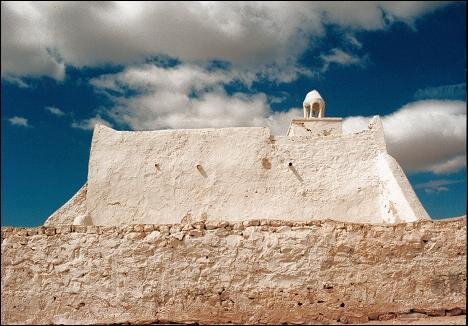
RUSTAMID
The Rustamid Dynasty was an Islamic state that spanned from 761 CE - 909 CE in the Maghreb region (including modern-day Morocco, Western Sahara, Algeria, Tunisia, Libya and Mauritania). The dynasty’s capital, Tahert was located in present day Algeria and stretched to the Nafusa Mountains in Libya. The Rustamid Dynasty was a theocracy renowned for its religious tolerance and secular teachings. The state was ruled by imams who were direct descendants of its founder, and functioned as the top religious leaders and chief judges of society. Isolated by its landlocked location in Tahert, the Rustamids were active players in the trans-Saharan trade.
Links
* The image for Rustamid 101 comes from this link: Rustamid
[i] dynasty
[ii] Fatimid
[iii] newly formed Rustamid dynasty
[iv] democratic system
[v] strong relations
[vi] Umayyads
[vii] Aghlabids
[viii] Abbasids
[ix] artistic and architectural influence
[x] intellectual advocates
[xi] Ibadi teachings, economic success and emphasis on intellectual prowess
[xii] dissemination of the religion
[xiii] accessibility to the imam
[xiv] Ibadi Islam
[xv] system
[xvi] creation of several distinct Kharijite powers
[xvii] consistent antagonism
[xviii] trade networks
[xix] plentiful palm tree plantations
[xx] natural resources
[xxi] trans-Saharan trade
[xxii] trading methods
[xxiii] multilingual Jewish merchants
By Leah Shedrow
